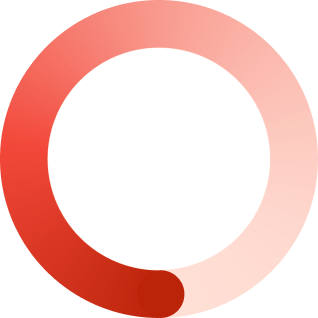Schneider Electric has opened multiple smart factories worldwide, with its latest addition in Lexington, Kentucky. The factory boasts 10 of the most disruptive digital transformation initiatives available namely, an auto-guided vehicle, resource advisor, power monitoring expert, 3D printing, collaborative robots, an augmented operator advisor, lead digitization system, digital idea and SIM system, a versatility management system, and an insights platform. With this approach the factory can drive end-to-end technology ensuring the right information reaches the right people in the right place and time.
The manufacturing industry has transformed to such an extent that it sparked a new technological trend. At the forefront is connected devices using Internet of Things (IoT) technology. The Internet of Things is estimated to have a financial impact of approximately $11 trillion by 2025 with some of the biggest results coming from the manufacturing industry. From this followed the term Industrial Internet of Things (IIoT) that comprises of sensors, wireless networks, and big data flows.
Schneider Electric is harnessing IIoT technology extending across 6 vital architectures: Power, data center, building, machine, plant, and grid. According to IoT EcoStruxure, “these architectures undergo three layers of innovation—connected products, edge control, and apps, analytics and services—to reach four major end markets, including building, data center, industry, and grid”. These IIoT tools in turn reduce downtime, costs of operations and facilitate remote systems’ monitoring and troubleshooting.
We agree: A well-executed IOT strategy leveraging the power inherent to IOT should be able to solve day-to-day processes such as automating manufacturing processes remotely, optimising production processes, managing inventory, and diagnosing repairs and maintenance issues on machines.
The true power of IOT (and by implication IIoT) lies in its ability to evolve and grow with often rapid changes in technology and organisational needs such as fluctuating customer demands (in a retail environment), the development of new products or services, increased responsive approaches to operations and maintenance, the integration of new systems and policies or real-time changes to production.
Connected devices and the data derived therefrom are fast becoming the foundation on which operations, workflows and demand forecasting are premised. The greatest potential to create value from IoT and IIoT manufacturers is to optimise operations and streamline the various processes in the factory using sensors to adjust machine performance.
However, exciting as this is, a word of caution: before embarking on your (industrial) Internet of Things journey, first define your business objectives. Never deploy an IoT strategy just for the sake of technology. Your first step should be defining the problem you want to solve and focus your IoT strategy on that.
Not sure how to put the pieces of your IoT strategy together? Polymorph specialises in putting these pieces together by building dashboards to visualise IoT data as it flows through your business processes.





